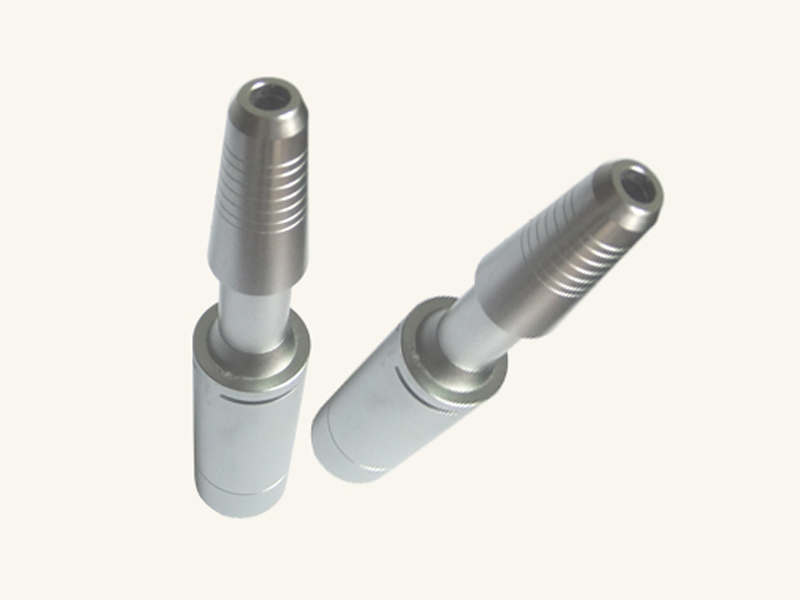Sheet Metal Processing is one of the popular industries nowadays. We often see many devices around us, such as ATM machines, vending machines, intelligent disinfection channels, telecommunications cabinets, electricity meter boxes, alarm boxes, distribution boxes, and other inconspicuous devices that are usually around us, all manufactured through sheet metal processing.
One of the necessary knowledge points to grasp when engaged in sheet metal processing is the variety of sheet metal processing. In fact, what developed from the 20th century was primarily the rapid manufacturing of components based on CAD models. Its technology is linked to CNC technology, material technology, laser technology, CAD technology, etc., and is a leading machining technology.
Ultra precision sheet metal processing is primarily aimed at meeting high-precision requirements, as well as higher standard requirements and surface quality, which is why this technology has been developed and widely applied. There are many machines and equipment used in sheet metal processing because there are many processes, mainly including lathes, milling machines, planers, drilling machines, boring machines, lathes, grinders, and polishing machines. And these machines and equipment can be further subdivided.
Before starting to operate the equipment, the working area should be cleaned and tidied up, and there should be no debris or other objects. Regarding the oil pipes, gas pipes, wires and cables in the workplace, they should be neatly arranged to prevent damage caused by kneading during operation. The various joints of the oil pipes, gas pipes, etc. should be checked regularly for tightness, looseness, and damage. If there is any damage, they should be replaced immediately.
Sheet metal processing is a commonly used metal processing method nowadays. In the process of machining parts, due to various factors such as machining accuracy of mechanical equipment, mold wear, and machining errors, the scale of the produced sheet metal parts cannot be guaranteed to be accurate. In order to ensure the usability of the workpiece, we must constrain the service of the sheet metal workpiece to a small size.
So what are the common service standards in sheet metal processing? How should I mark it? Today, the Weiyun editor will share with you. What are the specifications for sheet metal processing services? What are the standards for sheet metal processing services? Confirm the dimensions confirmed in the plan based on the strength and structural requirements of the parts. Priority should be given to standardizing the diameter or length.
The scale obtained through measurement in practice. The extreme scale allows for two thresholds to be changed in detail. It is based on fundamental details. The larger of the two boundary values is called the approximate bundle size; The smaller ones are called small constraint sizes. Algebraic difference obtained by subtracting the fundamental scale of a certain scale.
The scale error is as follows: the up and down error can be called the limit error, which can be positive, negative, or zero. According to national regulations, the upper error code for holes is ES, the lower error code is EI, the upper error code for shafts is ES, and the lower error code for shafts is EI



 Spanish
Spanish Arabic
Arabic Spanish Basque
Spanish Basque Portuguese
Portuguese Belarusian
Belarusian Japanese
Japanese Russian
Russian Icelandic
Icelandic Bulgarian
Bulgarian Azerbaijani
Azerbaijani Estonian
Estonian Irish
Irish Polish
Polish Persian
Persian Boolean
Boolean Danish
Danish German
German French
French Filipino
Filipino Finnish
Finnish Korean
Korean Dutch
Dutch Galician
Galician Catalan
Catalan Czech
Czech Croatian
Croatian Latin
Latin Latvian
Latvian Romanian
Romanian Maltese
Maltese Malay
Malay Macedonian
Macedonian Norwegian
Norwegian Swedish
Swedish Serbian
Serbian Slovak
Slovak Slovenian
Slovenian Swahili
Swahili Thai
Thai Turkish
Turkish Welsh
Welsh Urdu
Urdu Ukrainian
Ukrainian Greek
Greek Hungarian
Hungarian Italian
Italian Yiddish
Yiddish Indonesian
Indonesian Vietnamese
Vietnamese 简体中文
简体中文 Haitian Creole
Haitian Creole








